Nothing is worse than being in the middle of a sewing project and your needle breaks, stitches start to loop, or thread starts to bunch underneath. Figuring out what the causes of these problems can be very frustrating for both beginners and seasoned seamstresses. Your manual should be your first place to look when trying to figure out how to fix your sewing machine, however, not everyone has a manual handy and some aren’t the easiest to understand. Tune in below for the most common sewing machine problems and solutions.
Needle Breaks
You can’t sew with a broken needle, nor should you sew with one that is bent. It is a good idea to inspect your needle before every project. Check that placement is correct and tight. Then make sure it doesn’t look bent. If you have done that and your needle breaks during a project, there are two likely causes.
1. Your needle– you may not be using the right needle for the job. This doesn’t just mean the type of needle. Every type of needle comes in various sizes for a reason. The higher the number the thicker the fabric.
2. Lint– another common reason is lint and debris in your bobbin casing. Unplug your machine and open it up using a screwdriver (provided with the machine) and clear out any debris with a little brush or tweezers.
Thread Gathering Underneath fabric
If thread begins to gather underneath your fabric, your whole project will be paused. This is called bird nesting. Your top stitches will look perfectly fine while underneath looks like an obstacle course. Trying to continue will result in your needle breaking or your gears locking up. If you notice bird nesting do the following:
1. Stop sewing
2. Remove your fabric
3. Open your bobbin case. Take out bobbin and reinsert it (make sure to clear any stray thread)
4. Rethread your top spool.
Fabric Bunching
Fabric bunching or puckering is usually the result of your tension being too high for the fabric you are using. The solution to this would be to adjust the tension to a lower setting and try a different stitch length. Ignoring this will result in poor results. This is especially true with delicate fabrics.
Loose Stitching
If you’re sewing and notice your stitches are starting to skip or are looping, tension is the culprit. This time the tension is too loose for the fabric you’re sewing. Gradually adjust the thread tension tighter. I don’t recommend changing the tension on bobbins. That’s rarely the cause. If adjusting the thread tension doesn’t work, try cleaning out the bobbin case. Click here for an in-depth tutorial with a video that explains machine tension in depth.
Nosy Machine
Out of no where your machine starts to sound unusual. This can be the result of a few things.
1. First, turn the machine off. Inspect to make sure that there are no random threads wrapped around hooks and levers.
2. Next check to see if any screws are loose and if your machine needs oiling. If you still can’t figure out the cause, a trip to a repair center may be in order.
Thread Keeps Breaking
The most common solution to your thread breaking is to rethread the machine. However, if that doesn’t help there are a few more solutions to try.
1. The thread itself may be old, poor quality or frayed. Replace the thread and try again.
2. If you are using quality thread and rethreading the machine didn’t work, then try to change the tension.
3. Another possible solution is to change the needle. If the needle is bent or the wrong size it can break the thread.
Needle Won’t Thread
In order for a sewing machine to be threaded, the needle has to be at the highest setting. You can change this by moving the knob. Next, check to make sure that the eye of the needle and the threader hook lines up. If not, you may need to reinsert the needle into the needle bar.
The Recap
Problems during sewing are common, finding solutions to those common problems is critical. However, most errors can be reduced by using the required tools for the job, threading your machine correctly and keeping it free of debris when it is not in use.
Did I miss a common sewing problem? Comment below.


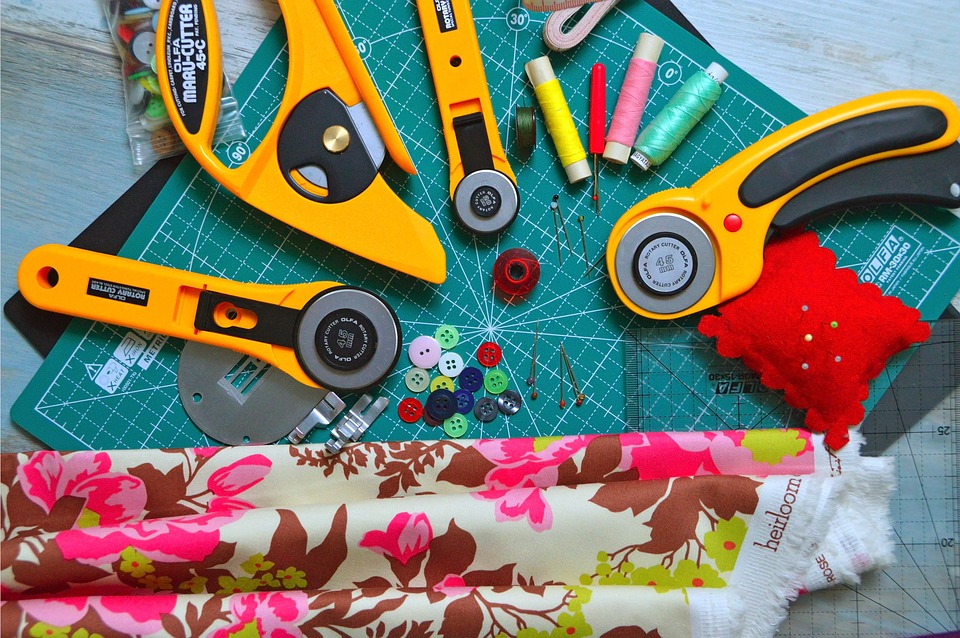


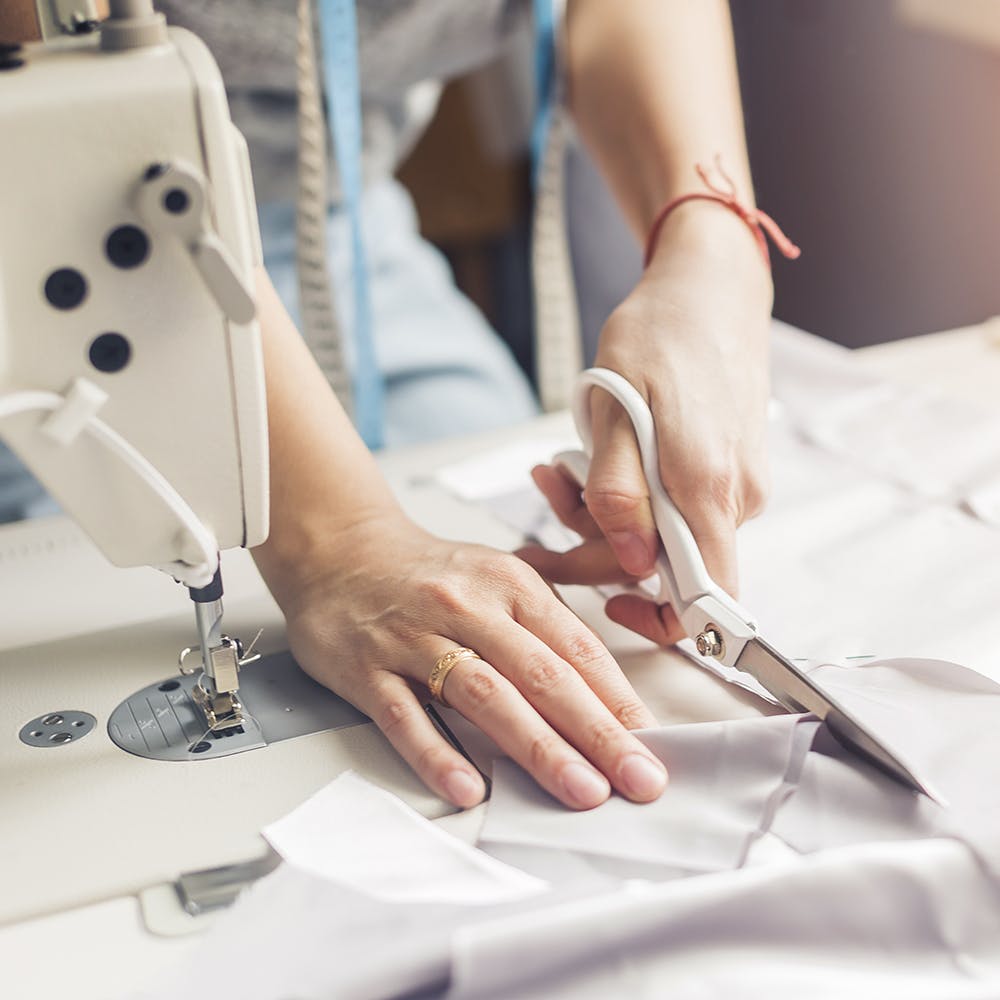

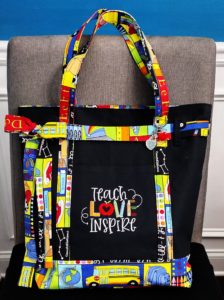
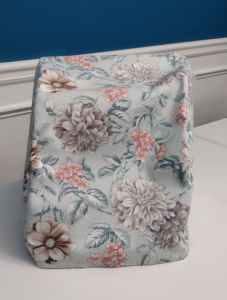
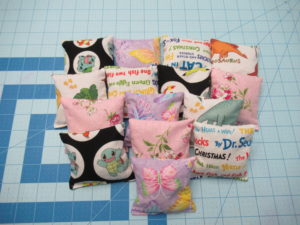

This Post Has One Comment
Everything is very open with a precise clarification of the issues. It was really informative. Your site is useful. Many thanks for sharing!